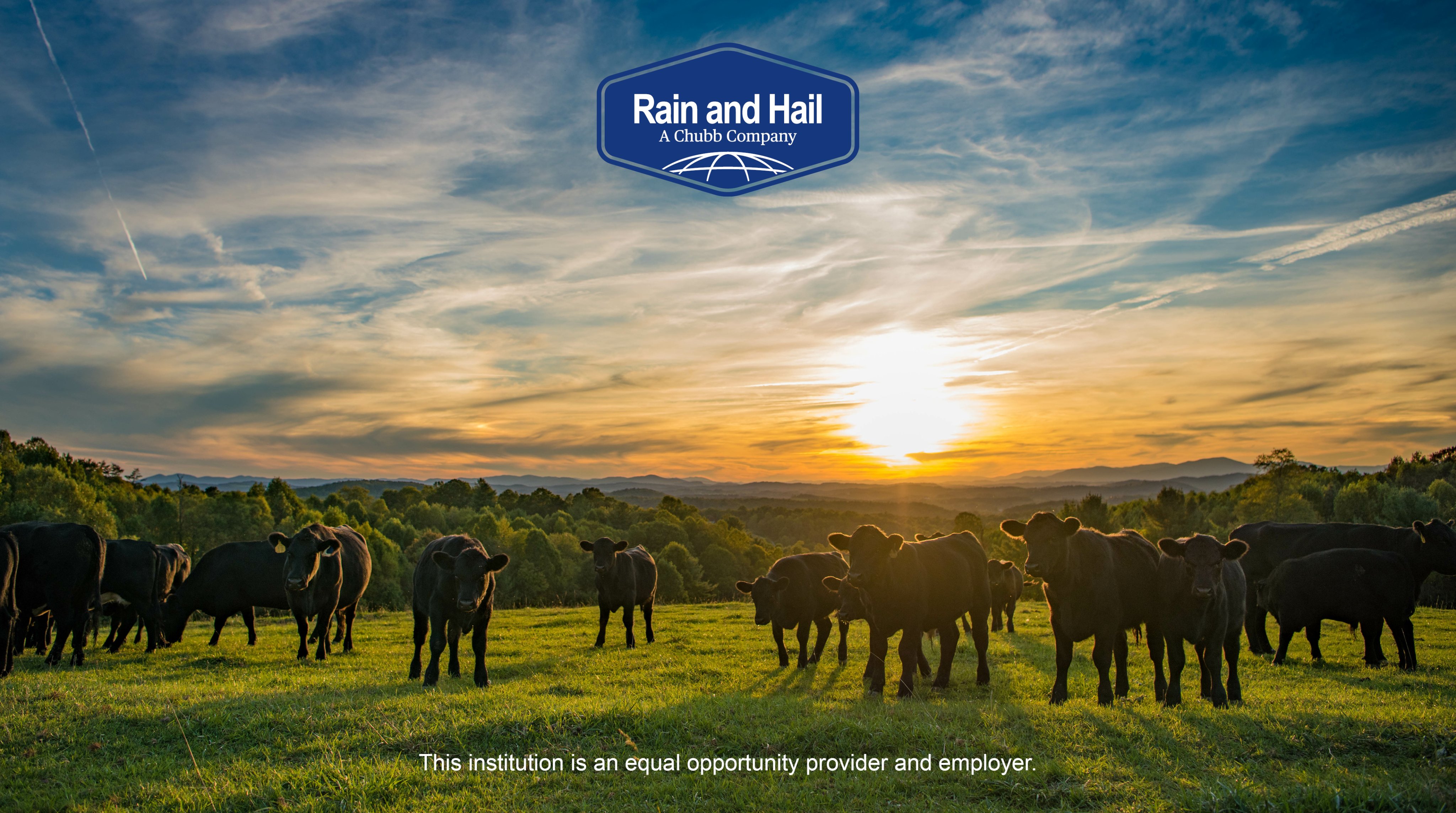Navigating Organization Risks with Bagley Risk Management
Navigating Organization Risks with Bagley Risk Management
Blog Article
Comprehending Animals Threat Security (LRP) Insurance Policy: A Comprehensive Guide
Navigating the realm of livestock danger security (LRP) insurance policy can be a complicated endeavor for numerous in the agricultural market. From how LRP insurance policy functions to the different insurance coverage alternatives available, there is much to discover in this thorough overview that could potentially form the method livestock manufacturers come close to threat administration in their companies.

Exactly How LRP Insurance Coverage Functions
Periodically, comprehending the technicians of Animals Danger Security (LRP) insurance coverage can be complex, but damaging down just how it works can provide quality for breeders and farmers. LRP insurance is a threat monitoring device designed to secure animals producers versus unforeseen rate decreases. The policy permits producers to set an insurance coverage degree based upon their particular demands, selecting the number of head, weight array, and protection rate. When the plan is in location, if market prices drop listed below the protection price, producers can submit an insurance claim for the distinction. It is very important to keep in mind that LRP insurance is not an income guarantee; instead, it focuses solely on cost threat security. The coverage period commonly varies from 13 to 52 weeks, supplying adaptability for producers to choose a duration that straightens with their manufacturing cycle. By using LRP insurance, herdsmans and farmers can minimize the monetary threats connected with varying market value, guaranteeing higher security in their procedures.
Eligibility and Protection Options

When it comes to protection alternatives, LRP insurance provides manufacturers the flexibility to select the insurance coverage level, coverage period, and endorsements that finest fit their threat management demands. Coverage degrees commonly range from 70% to 100% of the expected finishing value of the insured livestock. Manufacturers can likewise pick coverage periods that align with their production cycle, whether they are insuring feeder cattle, fed cattle, swine, or lamb. Recommendations such as price threat defense can even more personalize protection to secure versus damaging market variations. By understanding the eligibility criteria and protection options offered, livestock producers can make educated decisions to handle risk successfully.
Advantages And Disadvantages of LRP Insurance Policy
When examining Livestock Risk Protection (LRP) insurance coverage, it is important for animals manufacturers to weigh the benefits and negative aspects fundamental in this threat management tool.

One of the key advantages of LRP insurance policy is its ability you can find out more to provide security versus a decrease in livestock rates. This can help protect producers from financial losses resulting from market fluctuations. Furthermore, LRP insurance coverage supplies a level of flexibility, enabling manufacturers to customize insurance coverage degrees and policy durations to fit their certain needs. By securing an ensured price for their livestock, manufacturers can much better take care of risk and strategy for the future.
One restriction of LRP insurance coverage is that it does not shield versus all types of threats, such as disease episodes or natural disasters. It is essential for producers to thoroughly assess their specific risk exposure and monetary scenario to figure out if LRP insurance is the appropriate danger monitoring device for their operation.
Recognizing LRP Insurance Coverage Premiums

Tips for Making Best Use Of LRP Advantages
Maximizing the advantages of Animals Threat Defense (LRP) insurance coverage requires strategic planning and positive threat management - Bagley Risk Management. To make the many of your LRP protection, consider the following suggestions:
Frequently Assess Market Conditions: Remain notified concerning market trends and price fluctuations in the livestock industry. By keeping an eye on these factors, you can make informed decisions regarding when to purchase LRP insurance coverage to protect against prospective losses.
Establish Realistic Coverage Degrees: When choosing coverage levels, consider your production prices, market price of livestock, and potential risks - Bagley Risk Management. Establishing realistic protection levels guarantees that you are appropriately protected without overpaying for unneeded insurance policy
Diversify Your Protection: Instead of relying entirely on LRP insurance coverage, take into consideration expanding your threat management approaches. Combining LRP with various other risk administration devices such as futures contracts or alternatives can provide thorough protection versus market unpredictabilities.
Evaluation and Adjust Insurance Coverage Frequently: As market conditions change, regularly evaluate your LRP insurance coverage to guarantee it aligns with your present risk direct exposure. Adjusting insurance coverage degrees and timing of purchases can aid optimize your threat protection approach. By complying with these pointers, you can optimize the benefits of LRP insurance policy and secure your livestock procedure versus unexpected threats.
Final Thought
To conclude, animals risk defense (LRP) insurance is a useful tool for farmers to handle the monetary dangers related to their animals operations. By understanding just how LRP works, eligibility and protection options, in addition to the pros and disadvantages of this insurance policy, farmers can make enlightened choices to shield their incomes. By why not find out more meticulously thinking about LRP premiums and implementing techniques to maximize advantages, farmers can alleviate possible losses and ensure the sustainability of their procedures.
Livestock producers interested in acquiring Livestock Threat Defense (LRP) insurance can explore a variety of qualification standards and coverage options tailored to their certain animals operations.When it comes to insurance coverage alternatives, LRP insurance policy supplies manufacturers the flexibility to choose the coverage degree, insurance coverage period, and recommendations that best match their threat management needs.To grasp the ins and outs of Animals Danger Security (LRP) insurance completely, comprehending the elements influencing LRP insurance policy premiums is crucial. LRP insurance policy costs are established by numerous aspects, including the coverage degree selected, the anticipated price of livestock at the end of the insurance coverage period, the type of livestock being insured, and the size of the protection period.Review and Readjust Protection On a regular basis: As market conditions change, occasionally assess your LRP insurance coverage to guarantee it see this page lines up with your present danger exposure.
Report this page